Description
Belt Wear monitoring BLS
Conveyor belts are subjects to wear and tear during operation. For this reason, repair measures like vulcanization and splicing have to be carried out from time to time. In large conveyor plants, impending belt damages are not always noticed. The Kiepe belt wear monitor type BLS® enables the following belt damages to be detected at an early stage:
• parts of the belt have come off in shreds
• steel ropes stand off from the belt
• belt edges are torn
• facings of a repair point have come off
• splices are defective
Rubber shreds protruding from the belt can get caught in a carrying roller station – in the worst case – tear up the belt or belt facing on the whole length. The same applies for broken and drooping steel ropes of an armoured belt. If only drooping rubber shreds and ropes are to be detected, the monitor is to be installed under the upper belt. In this case one or two tripping ropes are tightened across the conveyor belt with one rope end fixed to the conveyor belt structure. The other rope end is attached to a catch which is pushed over a pull-off device carrying an inductive proximity switch and/or magnetic switch.
When the tensioned tripping rope is touched by a rubber shred or rope, the catch separates from the switch and an electrical signal is initiated. To cover the entire belt width, the system should be installed at a point where the conveyor belt is only slightly troughed, e.g. near the head pulley or behind a feeding point.
If monitoring shall include rubber shreds or torn wire ropes which protrude from the upper side and may get caught in a roller of the return side of the belt.
proximity switch pnp-NO – switching current: max. 400mA
magnetic switch reed-NO – switching current: max.1A
Belt Wear monitoring BLS


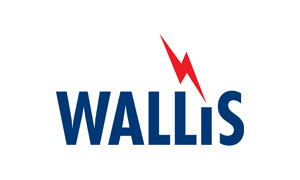

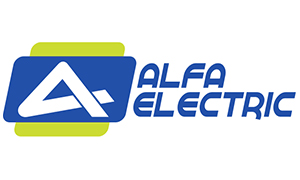



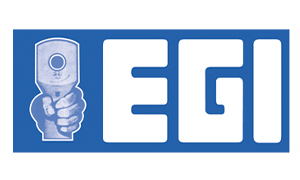

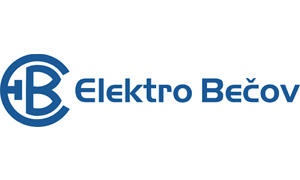

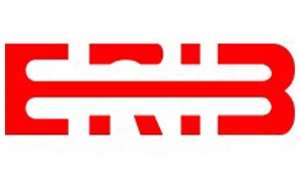


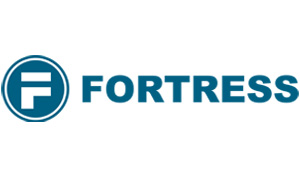






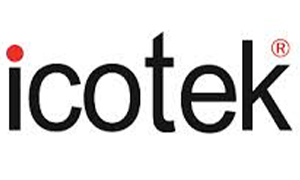
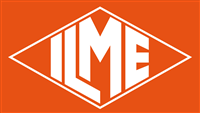
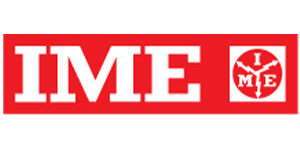



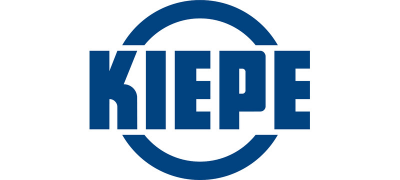


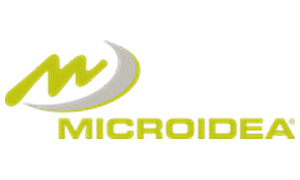
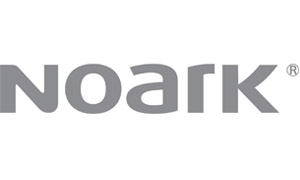

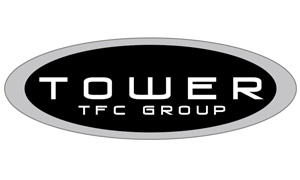
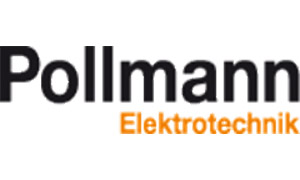





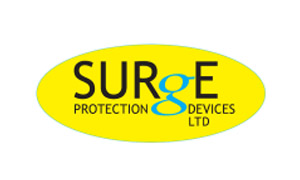



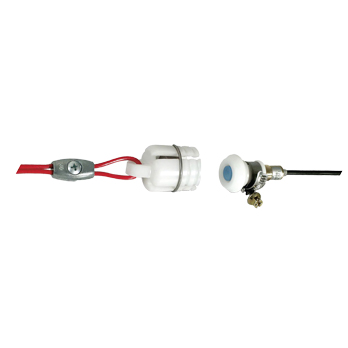
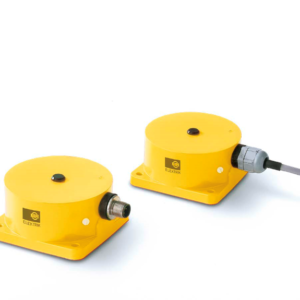
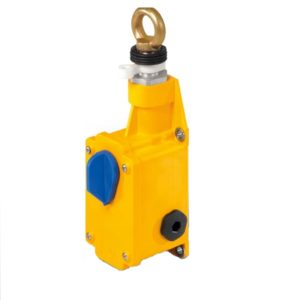
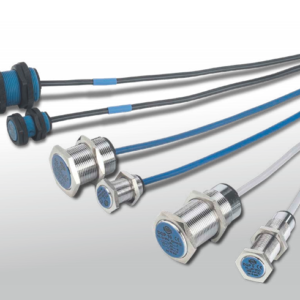
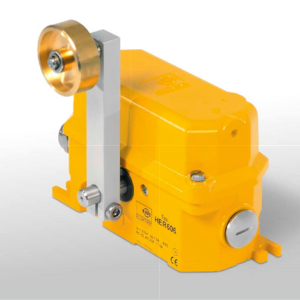
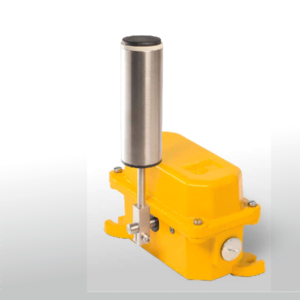


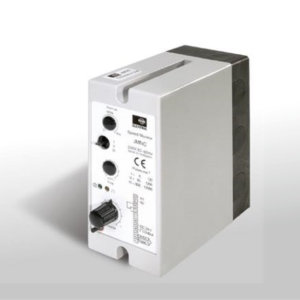
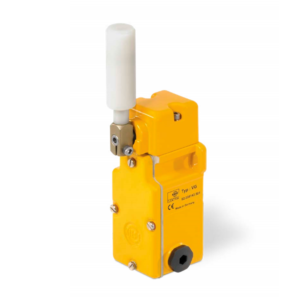
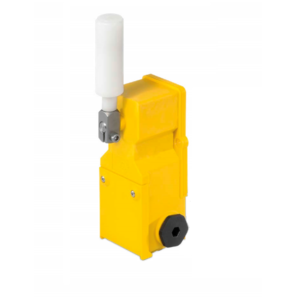
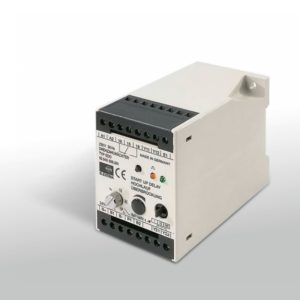
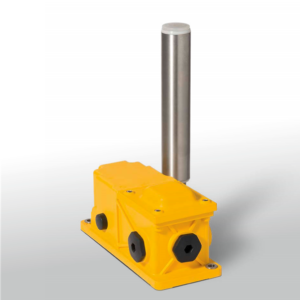
Reviews
There are no reviews yet.